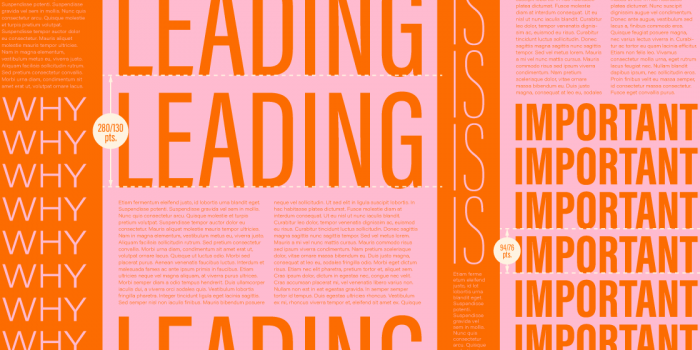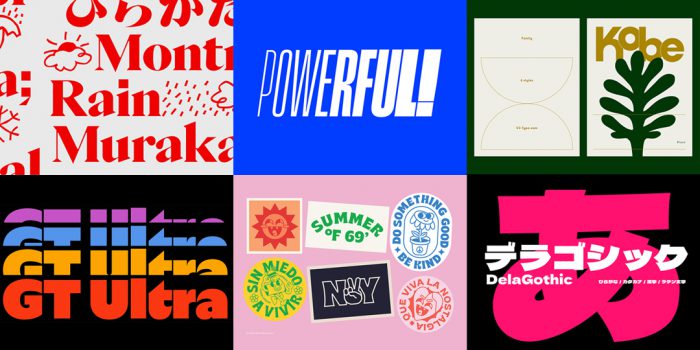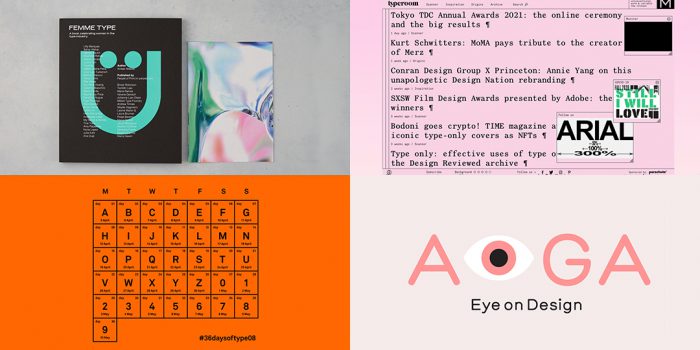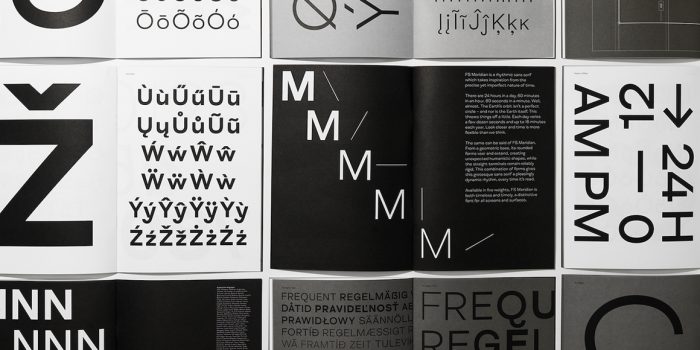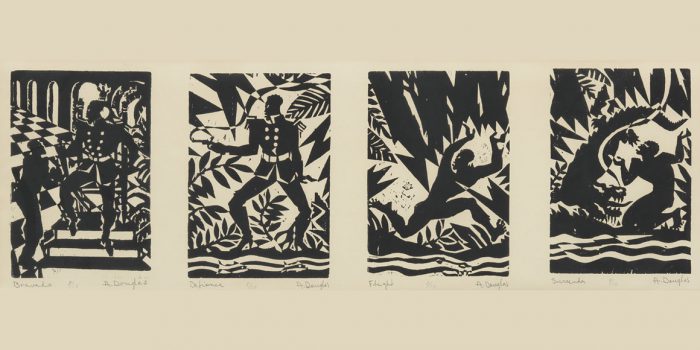Kurt Schwitters: A German Artist With an Eclectic Array of Design Experience
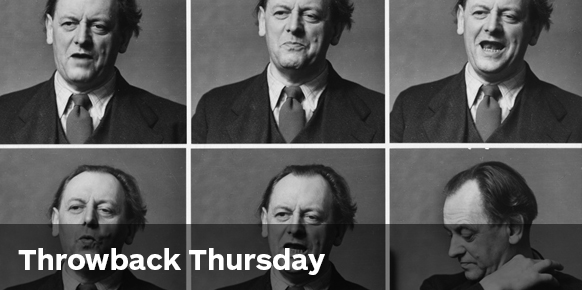
Kurt Schwitters (1887-1948)
Kurt Schwitters was a German artist best known for his involvement in the Dada art movement. He experimented with many different techniques including collage, sculpture, typography, poetry, sound, painting and graphic design.
He studied at the Kunstakademie (translation: “The Academy of Fine Arts”) in Dresden, but left to serve in the military in 1917. After his service, Schwitters began experimenting with Cubist and Expressionist styles, but soon created a style all his own.
Schwitters’s best known graphic design work was the periodical Merz, which he self-published from 1923 through 1932. It was a revolutionary venture—covering a new topic for each issue and featured artist profiles, children stories and poetry. Collaborators for Merz included famed creatives El Lissitzky, van Doesburg and Jan Tschichold.
The word Merz was a term invented by Schwitters that applied to all his creative activities including art, collage and poetry. As he described: “In the war, things were in terrible turmoil. What I had learned at the academy was of no use to me and the useful new ideas were still unready. Everything had broken down and new things had to be made out of the fragments; and this is Merz. It was like a revolution within me, not as it was, but as it should have been.”
Around 1923, Schwitters became working on a sensational structure called Merzbau. It got so big it began to take over his entire studio!
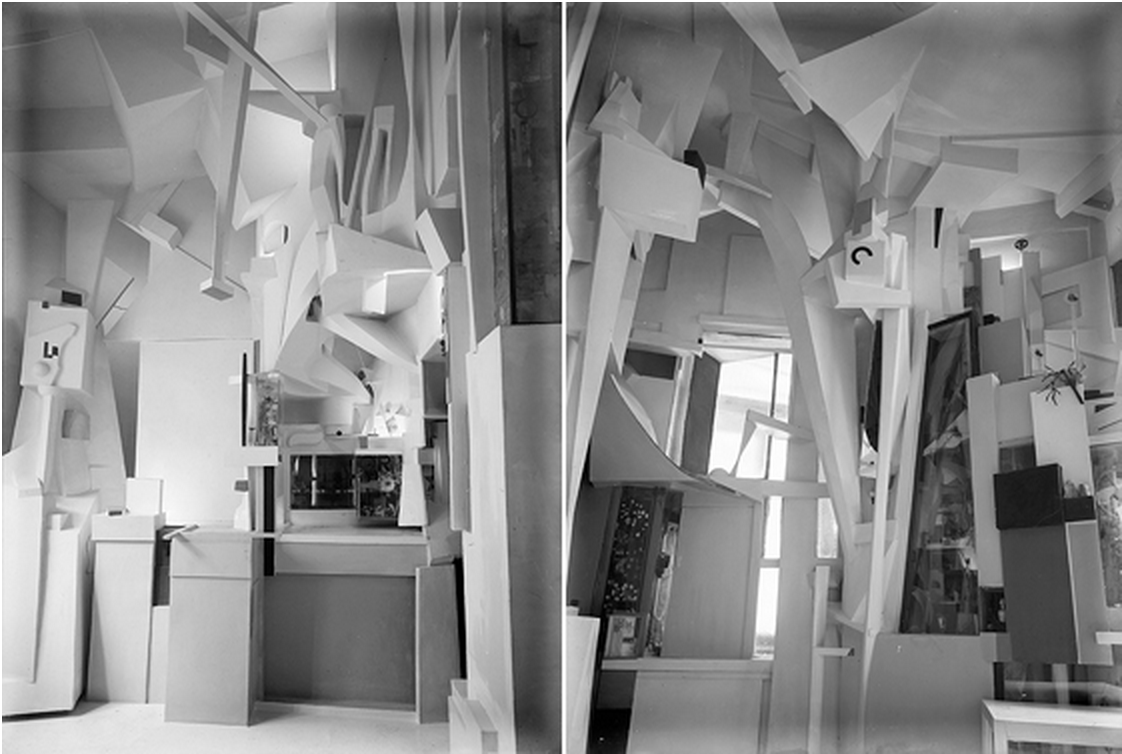
Art was Schwitters’s passion, but he needed to pay the bills. This led him to what we now term graphic design. During his commercial career, he worked on advertising and layout design.
Schwitters ran an agency called Merzwerbe, which held the accounts for Pelikan inks and Bahlsen biscuits, amongst others, and became the official typographer for Hanover town council between 1929 and 1934.
In 1938, the Nazi regime banned Schwitters’s work as “degenerate art” and he was forced to flee to Norway. After the German invasion he escaped to Great Britain, but was interned for more than a year. After his release, he settled in London and continued his work with a stipend from the Museum of Modern Art. But sadly, Schwitters died before his project—a third Merzbau structure—was complete.
I find it heartbreaking that Schwitters’s work was only truly understood and respected on the international stage after his death. In my opinion, his graphic design work demonstrates the early days of our current industry. It marked the turning point from art and craft to solid, considered design. From this, it’s easy to see how we progressed from this style to a more formalised, grid-loving design aesthetic during the New Typography Movement.
I love the naivety and rawness of the bold, solid design. Schwitters’s approach of striping back to basics—limited colours, geometric shapes, undecorative type choices, and yet so much personality and playfulness.
I really respect his ability to bring all of these components together to create design that feels clever, engaging and in many ways, contemporary.
Throwback Thursday continues next week! Who will it be? He was an ambidextrous, colour-blind creative who most designers could recognise from a single typeface design.
Want to win some amazing prizes and stay in the loop with all things Shillington? Sign up to our newsletter to automatically go in the draw.



